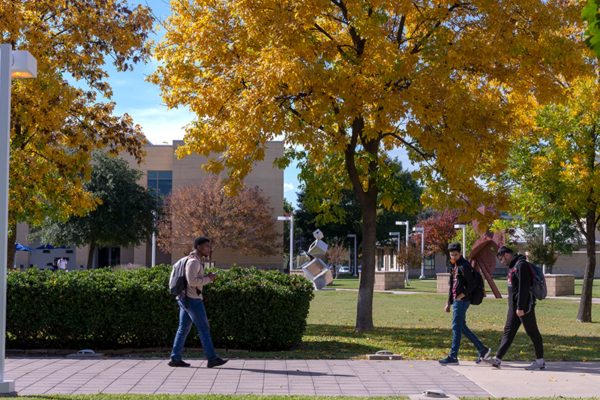A field trip to a field
AP Human Geography students walk to the corn field next to campus
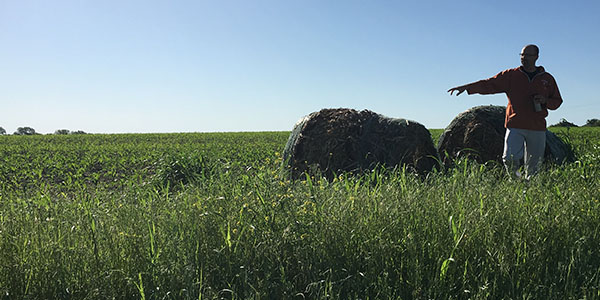
Standing in front of a bale, AP Human Geography teacher Tim Johannes talks to this students about the role of agriculture in human geography.
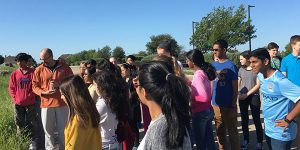
Students gather around AP Human Geography teacher in the corn field next to campus to discuss their unit on agriculture.
AP Human Geography students are taking quick field trips Thursday and Friday, walking past the student parking lot into the 80-acre corn field next to the school to learn about agriculture.
“We get to see what most kids never see which is agriculture actually happening,” AP Human Geography teacher Tim Johannes said. “It’s a chance to see the environment and actually study it.”
While the students spent most of the unit learning about agriculture from textbooks and online sites, their 30 minute venture to the corn field gave them the chance to get hands-on experience on agricultural development.
“I learned that agriculture is important,” freshman Kevin Wei said. “It’s important to take some time to see the agriculture around you.”
For the freshmen taking AP Human Geography, the class offers multiple units discussing various aspects of human development and the build up of modern civilizations.
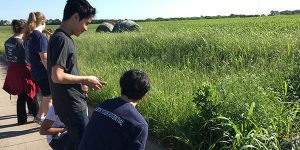
Students in AP Human Geography spent some time in the corn field next to campus on Thursday as part of their unit of on agriculture.
“We get to learn about different types of lifestyles,” Wei said. “It’s an interesting class.”
AP Human Geography students also get to learn about the future of agriculture and areas of land as cities and populations keep expanding. Johannes believes the corn field will soon become home to family housing developments and commercial estates.
“It makes sense because as the development comes out from Dallas, the CBD [Central Business District], it is just going to make sense,” Johannes said. “Corn fields aren’t going to be here anymore, cow pastures aren’t going to be here anymore, there’s going to be suburban developments and Pizza Huts and Subways and McDonald’s.”
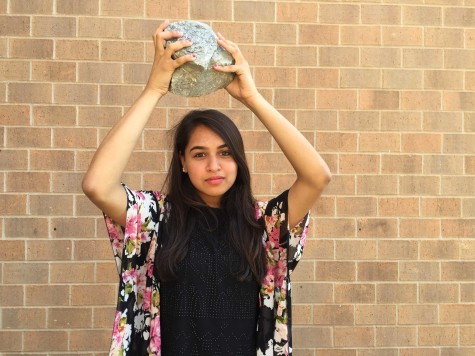
Rahmin Jawaid is always smiling and ready for new adventures. She is stoked to be a senior and is excited for what the future holds for her and the rest...





